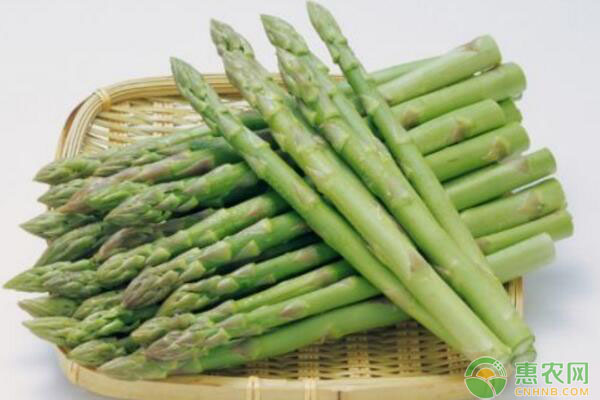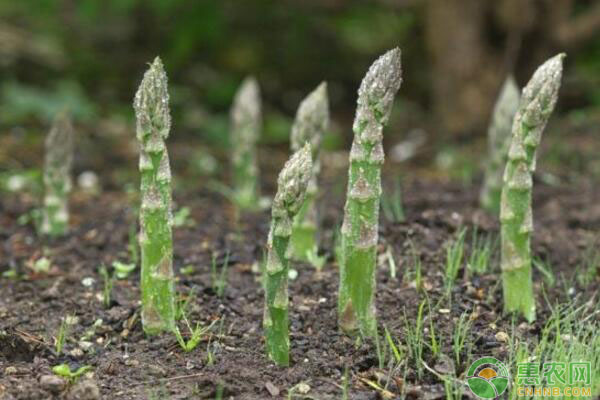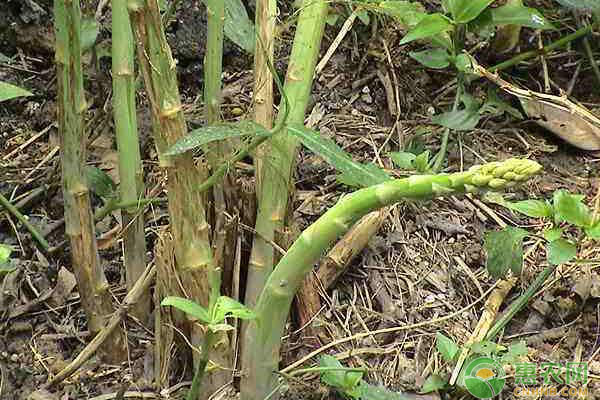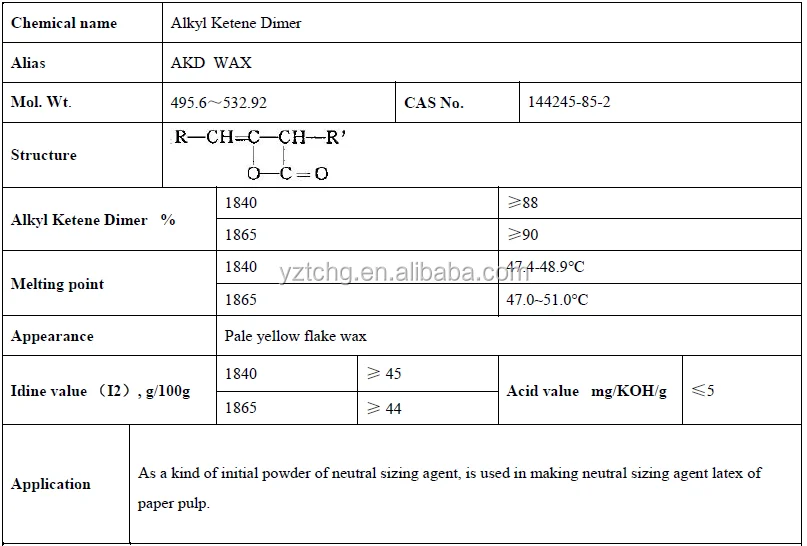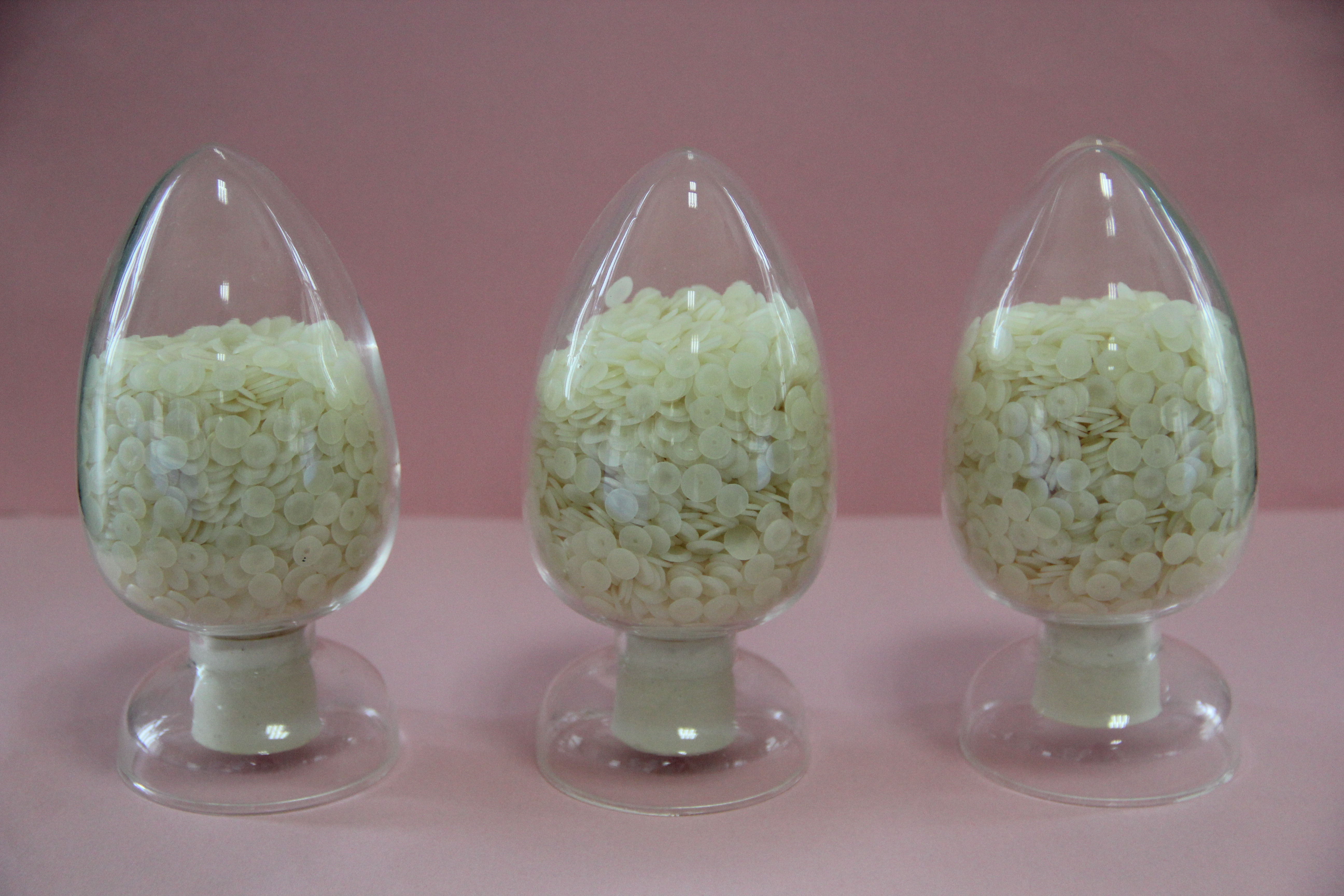Breeding and Cultivation Techniques of Dendrobium sinensis in Hunan Province (with pest control)
Shiqibai is also our common asparagus, bamboo shoots, etc. It is a high-grade nutritious and health-care vegetable. It is known as the “King of Vegetablesâ€. It has both edible value and high medicinal health value. Once planted, it can be harvested for many years. The economic value of planting is naturally very good. Today, Xiaobian says that the high-yield and high-efficiency cultivation technology of Shiqibai is for your reference. First, the variety selection Choose high-yield, disease-resistant, adaptable, and good-quality stone cypress, such as Grand, Atlas, Apollo, Champion, Golden Crown, Jade Pearl and other varieties. Second, nursery Seedling time In the late autumn (before the National Day) or early spring (late February), 32-hole plastic trays or nutrient seedlings are used. 2. Seedbed selection Selecting loose ground soil blocks with flat terrain to make seedbeds requires that the seedbed be 1.5 meters wide and 5-10 cm deep. 3. Soaking seeds and germination Seed soaking and germination should be carried out before planting. Soaking seeds with 50% carbendazim wettable powder 300 times solution for 12 hours, rinse with water and then soak for 48-60 hours, wait for the seeds to absorb water and swell and hydrate and germination at 25 ~ 27 °C, wait until 30% seeds are white and sow Go to plastic trays or nutritious bowls. Covered with a 0.5 cm thick nutrient substrate after sowing. 4. Seedling management After sowing, the water is poured, and the carbendazim WP 500 times solution is sprayed once to prevent the occurrence of the disease of the soil of the sarcophagus. The relative humidity of the soil of the saplings is 60% to 70%, and the seedlings can be applied after the emergence. The compound fertilizer prevents burning of the seedlings, and at the same time, it is good at removing weeds and preventing pests and diseases. Third, colonization 1. The choice of planting place Choose a plot with deep soil layer, fertile soil, strong water retention and fertility, and convenient irrigation and drainage. The soil pH value is required to be 5.5-8.0. The planting field should be concentrated and convenient, which is convenient for later management, acquisition and processing. 2. Preparation before planting Spread 6 to 10 m 3 of fully-fertilized high-quality farm organic fertilizer and 50 kg of compound fertilizer on the surface of the ground per mu. At the same time, thoroughly mix the 20 cm thick mature soil, organic fertilizer and chemical fertilizer on the surface. 3. Colonization time The seedlings in winter or early spring are planted in the middle to late April to late May; the seedlings in autumn (before and after the National Day) are transplanted to Daejeon in the second half of March. 4. Planting density The planting row spacing is 1.3 to 1.5 meters, the plant spacing is 0.25 to 0.30 meters, and 1800 to 2000 plants are planted per acre. 5. Colonization method Seedling colonization: large and medium seedling branches are required; single planting: single line, uniform spacing, uniform depth, root stretch standard; colonization depth: 13-15 cm. Fourth, field management Check seedlings Check the seedlings and make up the seedlings within 30 days after planting, and replace the dead or weak seedlings with strong seedlings to replant, and at the same time, fill the roots with water. 2. Water and fertilizer management In early spring or late autumn, the light is weak. The drip irrigation method can be used to wet the soil of Dendrobium candidum; in summer or early autumn, the sun can be directly sprayed, and water can be watered by ditch irrigation; After the seedlings are planted, the seedlings are applied, and 30 kg of urea is applied per mu. After the spring harvesting period, 20-30 kg of compound fertilizer and 300-500 kg of high-quality commercial organic fertilizer are applied per mu. After the end of the bamboo shoots in the autumn, 45 kg of compound fertilizer and 750-1000 kg of high-quality commercial organic fertilizer will be applied per mu. 3. Cluster management In order to prevent the plants from falling down, set a wooden stake every 3.0~5.0 meters, and use the nylon rope to close the ground stem between the pile and the pile, so that the branches of the stone cypress leaves naturally stretch without falling, and at the same time, it is necessary to timely remove yellowing and disease. The side branches enhance ventilation and light transmission, reducing excessive nutrient loss. Fifth, the main pest control Main disease prevention 1 stem blight: 1000-1500 times solution of Bacillus polymyxa WP, or 60% thiophanate-methyl WP 600 times, or 70% Mancozeb WP 600 times solution Or apply the mother stem for control. 2 rot: soil disinfection with 20% lime water or dexamethasone, or spray 5% to 1800 times solution of roots to 45% of the roots. 3 brown spot disease: control with 70% thiophanate-methyl WP 500 times solution. 4 rust: with 15% triazolone wettable powder 1000 ~ 1500 times liquid control 2. Major pest control 1 Beet armyworm and Spodoptera litura: Spodoptera exigua can be controlled by 750-1000 times solution of sweet nucleus and Suyun bacteria wettable powder, and Spodoptera litura can be controlled by high-chlorine slanting night nuclear suspension. 2 Aphids: Spraying with 800-1000 times solution of Beauveria bassiana wettable powder or 1000 times solution of 10% imidacloprid wettable powder. 3 red spiders and thrips: using 1000 times liquid of Verticillium lecanii WP, or 1500-2000 times of Bacillus thuringiensis WP 1500-2000 times. Sixth, harvest The temperature in the southern region is high, the growth period of the stone cypress cypress is longer, and it can be harvested in the spring, summer and autumn seasons. The northern region is mainly harvested in spring; the use of “two stalks, three harvests†For the mother stem harvesting method, only the mother stem is generally stored in the north, and the mother stem should be selected according to the age of the shoot and the growth of the plant.
1. Introduction
This ADK wax is a very ideal neutral Paper Sizing Agent, it can be used as pulp sizing and surface sizing to make the paper have excellent water resistance. When using this ADK wax, it should be heated to melt, and then mixed with the starch emulsifying agent and protective agent, until the agent emulsify into stable latex
2. Specifications
Appearance
pale yellow waxy solid & flake & block
Purity
≥90%
Melting point
48-50°C
Acid value (mgKOH/g)
2.0 mgKOH/g
FFA free fatty acid
≤2.0%
Iodine value
45- 48.5 giz/100g
Carbon content
C16: 40% C18: 60%
3. Alkyl Ketene Dimer Techinical Data
4. Application of Alkyl Ketene Dimer
As a kind of reactive neutral paper sizing agent, mainly used for copper base paper, copy paper, file paper, paper dictionary and quality writing paper paper in sizing. The pH value can reach about 8, which is called basic sizing, which is widely used at home and abroad. This product can also be used as surface sizing agent.
5. packaging
25KG/ bsg or 500kg/ bag
AKD Wax,Alkyl Ketene Dimer,90% Purity AKD Wax,Alkyl Ketene Dimers AKD Wax Shandong Tiancheng Chemical Co., Ltd. , https://www.tianchengchemical.com